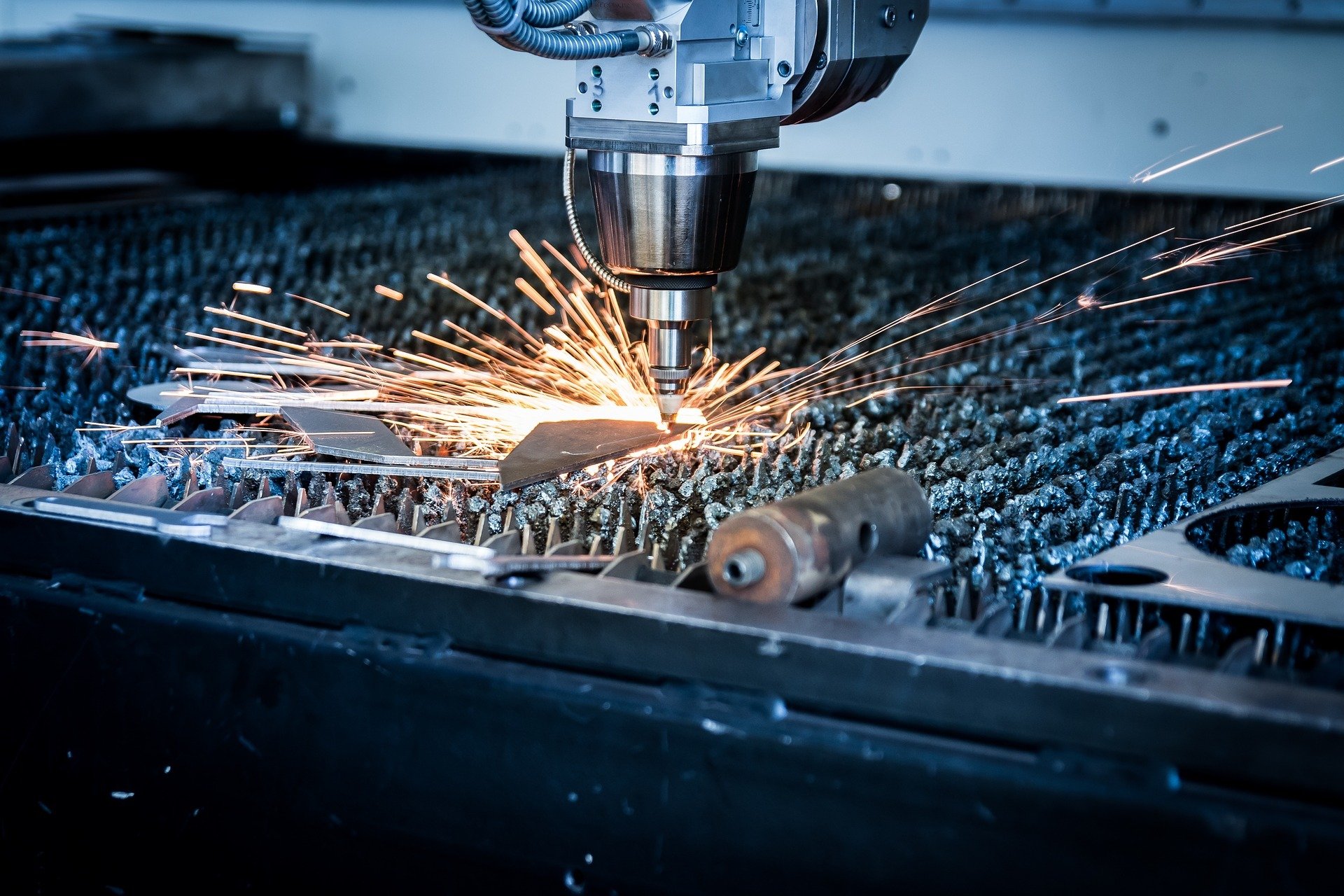Understanding Fiber Laser Cutting Machines: An Essential Guide By Capital CNC

The advent of fiber laser cutting machines has revolutionized the manufacturing and metalworking industries. Offering precision, efficiency, and versatility, these machines have become indispensable tools in various fabrication processes. This article delves into understanding fiber laser cutting machines, their working principles, benefits, applications, and safety considerations.
What is a Fiber Laser Cutting Machine?
A fiber laser cutting machine is an advanced piece of equipment that uses focused, high-intensity light to cut, etch, or mark materials. The 'fiber' in fiber laser refers to the machine's light source - a fiber optic cable. This cable is infused with rare-earth elements such as ytterbium, erbium, or thulium, which amplify light to produce a laser.The laser produced by a fiber laser cutting machine is capable of cutting through a wide variety of materials, including but not limited to metals such as steel, aluminum, brass, and copper.
How Does It Work?
A fiber laser cutting machine works by focusing a beam of intense laser light onto the surface of the material to be cut. This laser beam travels through the fiber optic cable and then out through a focusing lens, which concentrates the beam onto a small area of the material.The heat generated by the laser either melts, burns, or vaporizes the material, resulting in a precise and clean cut. A stream of gas, often nitrogen or oxygen, is used to blow away the material's disintegrated particles, leaving a perfectly clean edge.
Benefits of Fiber Laser Cutting Machines
Fiber laser cutting machines offer several advantages over traditional cutting methods and other types of laser cutters:
1. High Precision:Fiber laser cutting machines offer exceptional precision and accuracy, capable of producing intricate designs without compromising on quality.
2. Greater Efficiency:Due to their solid-state design, fiber lasers are more energy-efficient compared to other types of lasers like CO2 lasers. They convert a higher percentage of input power to laser power, resulting in faster cutting speeds.
3. Low Maintenance:Fiber laser cutting machines have fewer moving parts and do not require alignment, reducing the need for regular maintenance.
4. Versatility:These machines can cut a wide variety of materials and thicknesses, making them suitable for various industries.
Applications of Fiber Laser Cutting Machines
The versatility and precision of fiber laser cutting machines make them ideal for a wide range of applications:
1. Manufacturing:Fiber lasers are used in the manufacturing sector for cutting and shaping parts for various products, from automobiles to electronics.
2. Medical Devices:The precision offered by fiber lasers allows for the production of intricate medical devices and components.
3. Aerospace and Defense:Fiber lasers are used in the aerospace and defense industries to cut and engrave materials that must withstand extreme conditions.
4. Jewelry:The precision and control provided by fiber lasers make them ideal for cutting and engraving intricate designs in precious metals.
Safety Considerations
While fiber laser cutting machines offer numerous benefits, it's important to consider safety. The high-intensity laser beam can cause serious injury if not handled properly. Therefore, operators should wear protective gear, including goggles, to protect against laser exposure. Machines should also be equipped with safety interlocks to prevent operation when doors or panels are open.Furthermore, proper ventilation is necessary to safely disperse the vaporized material produced during the cutting process.
Conclusion
Fiber laser cutting machines are a testament to the significant advancements in industrial technology. They offer an efficient, precise, and versatile solution for cutting a wide range of materials. However, as with all powerful tools, they require proper handling and safety precautions. By understanding how these machines work and how to use them safely, industries can benefit from the immense potential that these machines offer.



